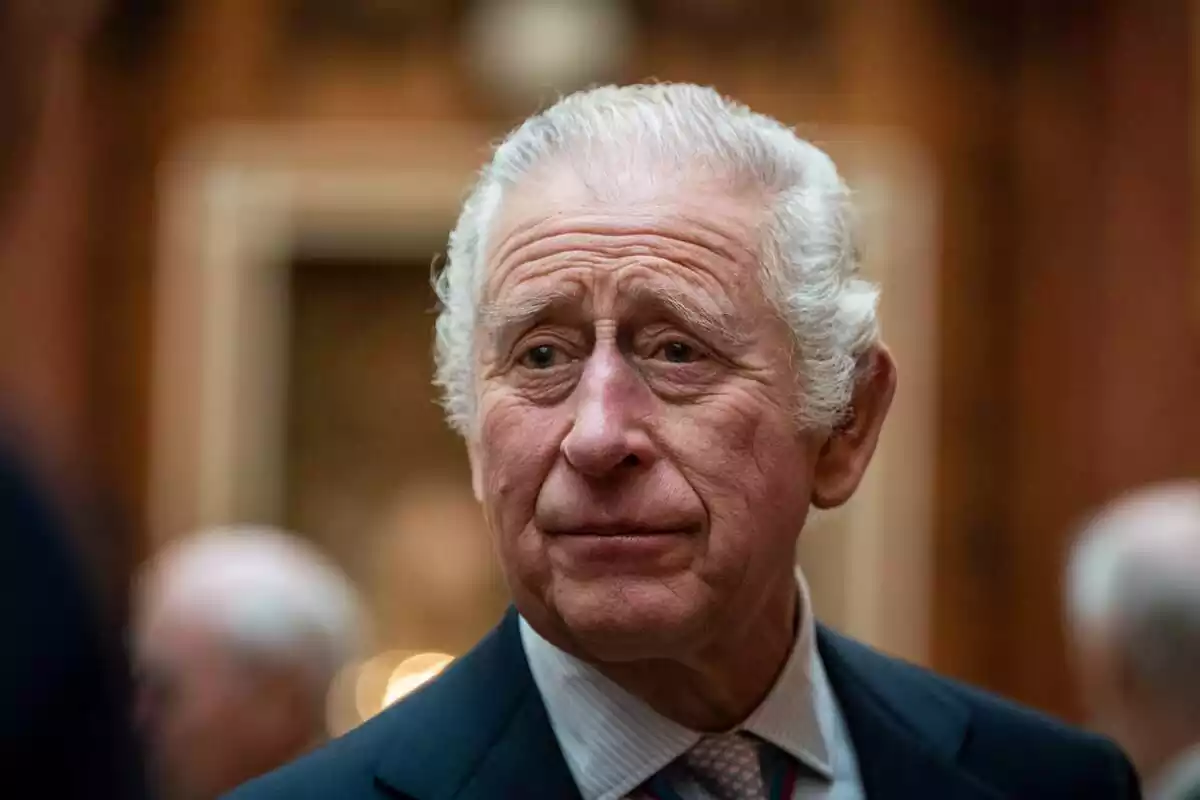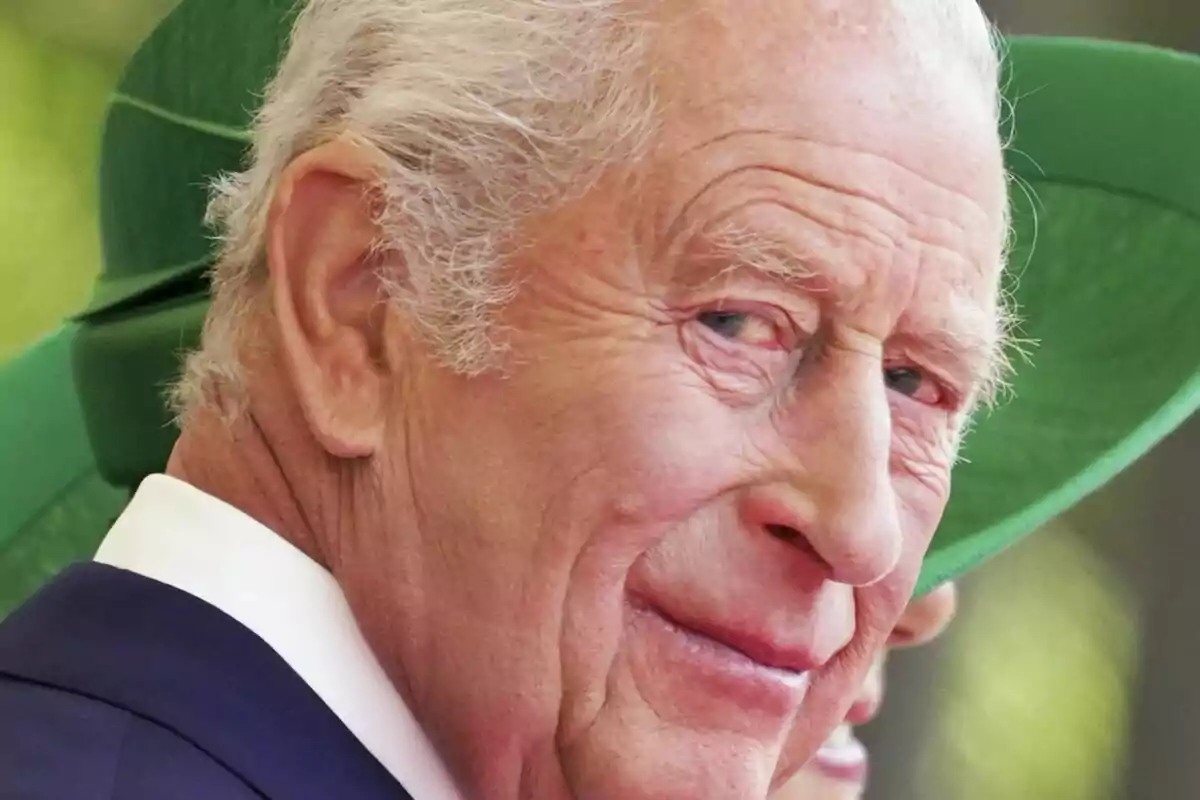King Charles III's health has become a matter of public concern in the United Kingdom. In recent months, the monarch has shown signs that have caused unease among the public, who are closely following his progress. However, official details remain scarce and secrecy about his actual condition continues.
Meanwhile, sources close to Charles III reveal that he is adopting new routines to face his delicate situation. These practices aim to help him cope with the symptoms and keep his composure in public. The king's struggle with his illness has sparked a debate about the monarch's actual condition in recent months.

A king between public serenity and private struggle
Charles III appears in his latest official portraits with a serene and calm image. These were taken at Sandringham, his country estate, where he has sought refuge during this difficult period. The photographs show him walking through the Topiary Garden, a symbol of his love for gardening and design.
This carefully chosen setting is intended to reflect the monarch's continuity and strength in the face of adversity. However, according to some sources, this apparent calm hides a harsher and more private reality. The king is showing great courage to hide the pain that the illness causes him.
The cane, which in previous years was a symbolic accessory in his appearances, has now become a necessity for his mobility. At recent events, such as the Royal Windsor Horse Show, Charles has been seen leaning on it, showing visible signs of frailty. This image contrasts with the strength he tries to project.
Charles III's daily struggle with cancer
Although he appears calm in public, sources close to him assure that the king is fighting a tough battle with cancer. "He is 76 years old and is very frail," says an anonymous source. According to this source, Charles knows that his situation is delicate and, even if he denies it, he is facing an imminent end.
The monarch has turned to methods to control the pain, including drinking whisky, which helps him cope with despair. In addition, in recent months he has adopted new routines to ease the discomfort, always trying to keep his composure in front of his loved ones and the public.
His treatment, designed by the best oncologists in the United Kingdom, also includes complementary therapies. Among them is the use of natural remedies such as cannabis, which he discreetly grows on his estate. This option seeks to relieve the pain without causing public controversy.
A refuge of history and privacy in Sandringham
The Sandringham estate, with more than 49,400 acres (20,000 hectares), is an iconic place for the British royal family. Purchased in 1862, it has been a sanctuary for Charles and Queen Camilla, who find in it a space for intimacy. Its extensive gardens and Edwardian house offer an atmosphere of calm and reflection.
During the illness, this place has become even more important as the setting for the king's latest portraits. These aim to convey a message of stability and legacy, despite the monarch's evident physical frailty. There, Charles has been able to stay away from the public eye, surrounded by works of art and historic spaces.
The use of the cane and his attitude in Sandringham reflect the combination of his will to continue and the impact of his health. In this private setting, Charles continues to face his illness with the support of experts and his family, preparing for whatever may come.

